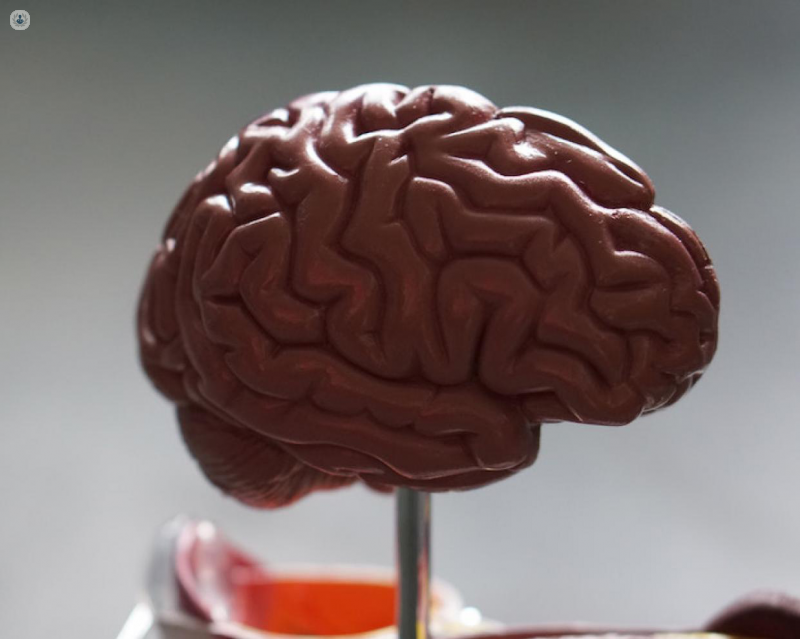What is brain mapping, and how does it work?
Written in association with:In this article below, renowned consultant neurosurgeon, Mr Francesco Vergani, discusses brain mapping at length, including an explanation of what it is, and an outline of the future prospects of brain mapping.

What is brain mapping?
Brain mapping is the study of the brain's anatomy and function using advanced imaging techniques. These techniques include functional magnetic resonance imaging (fMRI), positron emission tomography (PET), electroencephalography (EEG), and magnetoencephalography (MEG). Each method offers unique insights into the brain's structure and activity. For instance, fMRI measures changes in blood flow to reveal active brain areas during specific tasks, while EEG records electrical activity to track brain waves.
How does brain mapping work?
Brain mapping works by capturing real-time data on the brain's electrical and metabolic activities. In fMRI, for example, patients perform tasks or respond to stimuli while the machine records changes in blood oxygen levels.
These changes indicate which brain regions are more active, helping researchers link specific functions to specific areas. Similarly, EEG involves placing electrodes on the scalp to measure electrical signals, which can pinpoint the timing of brain responses with high accuracy.
What are the applications of brain mapping?
The applications of brain mapping are vast and impactful. In medicine, brain mapping aids in diagnosing and treating neurological disorders like epilepsy, Alzheimer's disease, and brain tumours. It helps surgeons plan precise, safer brain surgeries by identifying critical regions that must be avoided.
In psychology and psychiatry, brain mapping enhances the understanding of mental health disorders such as depression, anxiety, and schizophrenia, leading to more targeted therapies.
What are the challenges in brain mapping?
Despite its promise, brain mapping faces several challenges. The complexity of the brain, with its billions of neurons and trillions of connections, makes comprehensive mapping difficult. Technical limitations, such as the resolution of imaging techniques and the need for non-invasive methods, also pose hurdles. Additionally, ethical concerns arise regarding the use and interpretation of brain data, especially in areas like privacy and consent.
Future prospects of brain mapping
Looking ahead, brain mapping is poised to make even more significant strides with advancements in technology and methodology. Innovations like high-definition fiber tracking, which maps out the brain's white matter tracts in unprecedented detail, and the integration of artificial intelligence to analyze complex data sets, are opening new frontiers. As these tools become more refined, the potential for understanding the brain's mysteries and developing new treatments for neurological and psychiatric conditions continues to grow.


